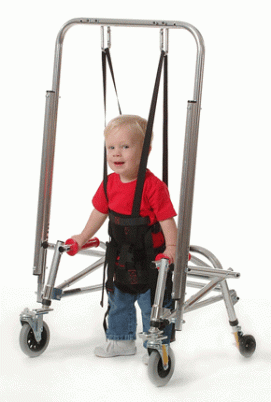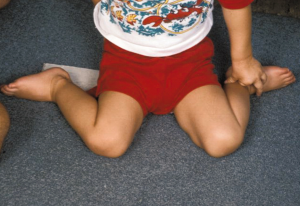Using Autodesk Fusion 360, I have been able to create CAD models in different stages. I started out creating an abstract form with subtle curves and parts that stick outward in order to see what overall form these features can create. Although more research will be done in order to identify the exact curves and angles necessary in the final models, I am just playing around right now creating forms with varying angles and multiple positioning options. This form study will help me analyze different shapes so that I can then break them down into a list of features that I can move forward with as I advance on the forms.
The overall goal was to create models on CAD which I could then transfer to the 3D printer in order to create 2-4 inch ABS plastic models. At this point I am focusing on the form of each of the pieces; once I advance further, I will be making larger scaled models to test out the function. These small models allow me to easily see the forms I have created in different positions as I compare and contrast them to one another.
With each printing stage, I have printed one or two small models that share similar characteristics. I made sure to advance on the previous ones each time I made a new set in order to see how it might better my end design.
Stage 1:
I created and printed two forms that have a curved surface to initiate a subtle rocking motion on one side, extended areas that the child will be able to lean over and use as support for different activities, high and low points to enable visual tracking, curved areas to use for sitting on, and an overall form that initiates movement. I wanted them to be pieces in which the child is curious to explore by both moving around them and by moving the pieces themselves in order to view different areas. They were created with no definite shape in mind; that ambiguity allows for a more creative mindset when being used by the child. I want to create forms that trigger the imagination in order to increase the fun element in these designs and to make the child more interested in using them.
Another important element I have been focusing on is for the pieces to be able to be placed in multiple positions, both to give each piece a more useful function and to engage the child a little bit more. The design will be created in a way that will allow the child to carefully move it around in different positions without sacrificing the stability necessary to support them when they put their weight on it. Taking advantage of the three-dimensional quality of these pieces will allow me to focus on combining curved surfaces on all sides that can work together for an effective design.
These first two models did not quite support themselves in different positions as well as I had hoped. 3D printing them allowed me see the problems with positioning that are harder to see when designing them on the computer screen. In addition, the parts that stick out on these models are too present. They became more linear than I anticipated and I will continue to work on more simplified forms with subtle curves that still execute the functions required.
Stage 2:
The two forms that followed took into account the problems that were present in the first set of forms. I attempted to make the curves flow more consistently while keeping a variety of surfaces present. Although one of the forms was successful in being simplified, the other one became too complex and is not such a strong variation on the previous ones. However, the main quality that these forms both followed through with was advancing on positioning options that are available. They were able to be flipped over multiple ways and were able to stand without falling over. This helped me realize that there do not have to be as many surfaces sticking outwards for it to hold its form; instead, I just have to take advantage of the few surfaces I do use and manipulate the angles and soft edges for it to be able to stand stably in different ways.
Stage 3:
This single form took on a manner of simplification. It is able to be placed in about five different positions, limits the amount of extended parts, is able to give a slight rocking motion for the child to work on their balance and stability, and its minimal design alludes to different forms that might be found in nature. I believe that the ambiguous design will enhance the final forms and I will be able to create a set of pieces that will work well together.
As stated before, I will be developing the exact curves and angles necessary to help the child with different activities, such as strengthening their core muscles and sitting upright. Figuring out a general form that is made up of all of the other features the final piece will encompass will be used as a basis later on as the development of the design progresses.
Although irrelevant to the actual function of the pieces, I really like that all of these forms allow the imagination to run wild, somewhat like a rorschach test. When other people saw these forms, they asked me if they were models of different sea creatures such as starfish, seals, whales, octopuses, and many more. These forms, although based on no apparent object or animal, will allow the children to advance on not only their physical development, but their creativity and imagination as well. It will enhance the “fun” element that I have been looking to incorporate since the beginning.




















